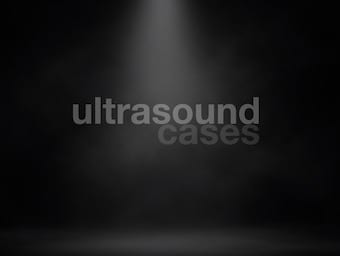
Ludwig angina
Ludwig angina: rapidly progressive gangrenous bilateral cellulitis of the submandibular space with risk of life-threatening airway compromise

Ludwig angina: rapidly progressive gangrenous bilateral cellulitis of the submandibular space with risk of life-threatening airway compromise

The CT head scan is a computer-generated series of images from multiple X-rays taken at different levels. Fine X-ray beams passed through the subject are absorbed to different degrees by different tissues and the transmitted radiation is measured by a scanning device.

Blood Gas Analyser: machine for point of care measurement of arterial blood gas indices and electrolytes

Glucose Control Literature Summaries

Ultrasound guided peripheral intravenous cannula placement. Out-of-plane technique for PIV cannula placement.

Rotavirus is the leading cause of gastroenteritis worldwide and a leading cause of infant death in the developing world. 95% of U.S. children have had a rotavirus infection by the age of 5 years.

Compare and contrast the utility of the following in the assessment of acute kidney injury in a critically ill patient:

Question A 30 year old man has been admitted to hospital with severe multiple injuries following a motor vehicle accident. On day 2, his intracranial pressure has stabilised and his head CT shows scattered punctate haemorrhages with subarachnoid blood, with…

Oesophageal Doppler Cardiac Output Monitor; non-invasive cardiac output monitor

Critically evaluate the use of therapeutic hypothermia in intensive care practice.

Question A 26-year-old female is admitted to the ICU post operatively with faecal peritonitis as a result of multiple bowel perforations secondary to Crohn’s disease. She has had the majority of her small bowel resected and is to be prescribed…

Hermann Oppenheim (1858-1919) was a German neurologist. Oppenheim sign/reflex (1902) and the archaic term Oppenheim disease (1900)